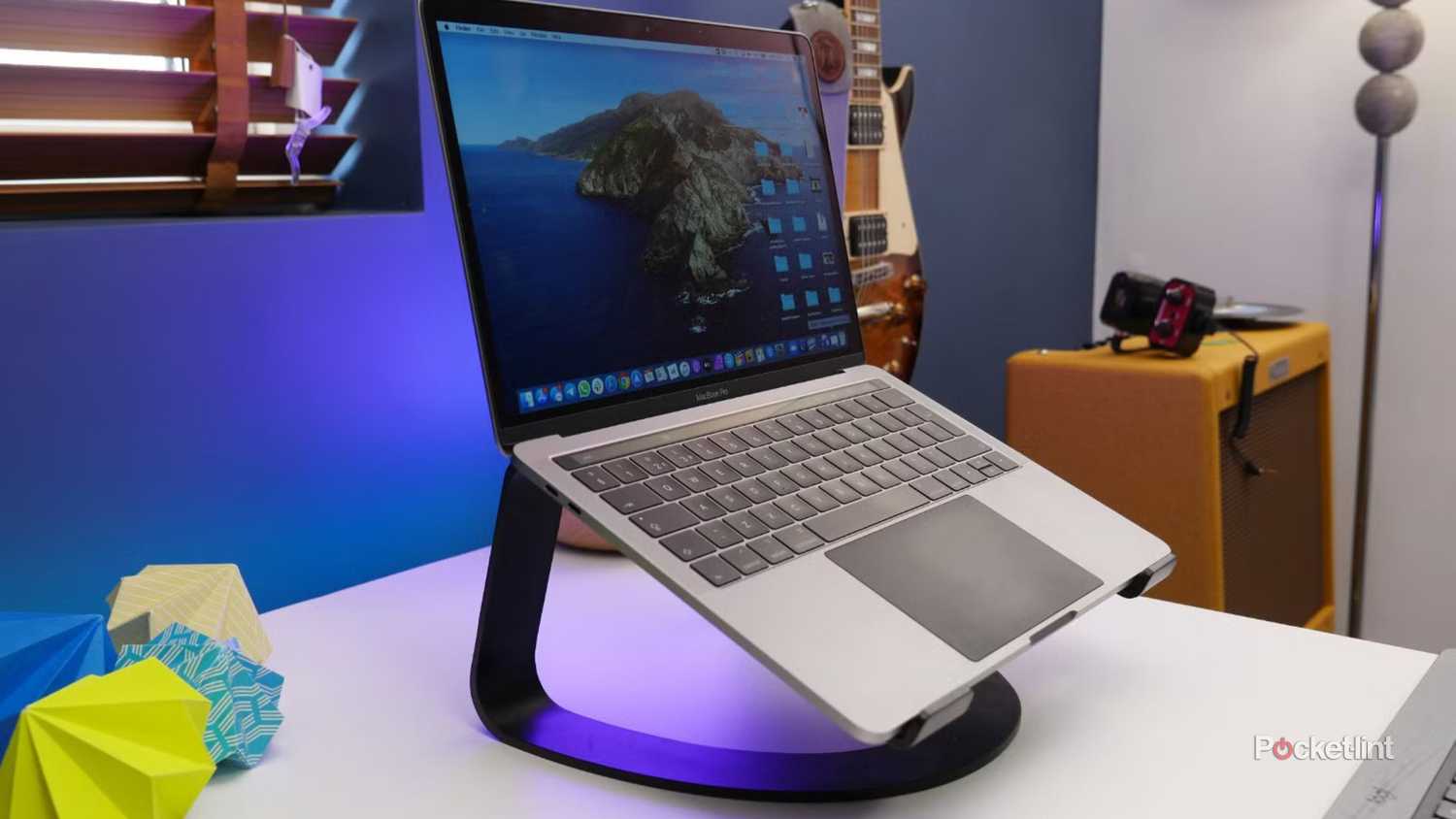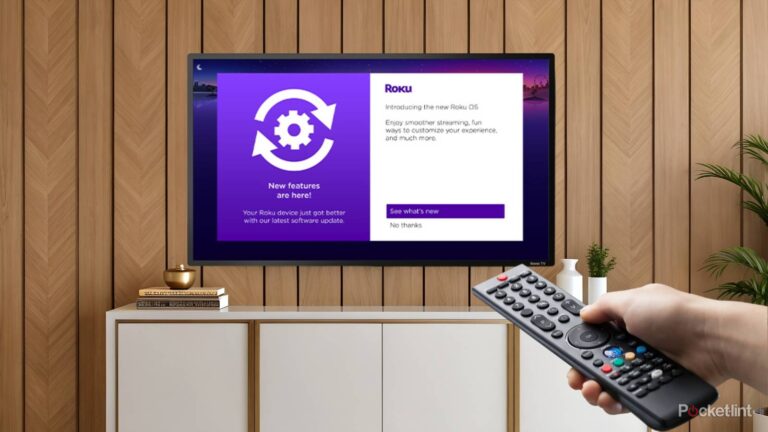Many of you are probably old enough to remember a time when, if you wanted to get onilne, someone making a phone call in the other room was enough to stop you. It was the nature of dial-up modems, of course — there just wasn’t a way of transmitting both voice and digital data over the same landline. I’m not even sure how many games of Doom and Duke Nukem 3D were blocked because my parents were talking to friends and family.
These days, most people rely on smartphones instead of landline calls, and home internet connections are so fast that VoIP is trivial. But new demands keep cropping up, meaning it’s still important to keep tabs on what might be choking off bandwidth. An expensive 3Gbps internet plan hardly matters if your Wi-Fi is overloaded. In a few years, 3Gbps might seem pathetic, given the push companies like Apple and Google are making towards augmented reality. Look out for these more mundane congestion sources in the meantime.
4
Macs and Windows PCs
Keep a close watch on updates and filesharing
If you’re just browsing the web or plugging away at a Word document, your computer isn’t going to consume much bandwidth. Heck, there are some activities that can feel intense — like editing a 4K video, or playing a photorealistic single-player game — that actually place little to no burden on your Wi-Fi. They might tax your CPU and graphics card, but if they reach out to the internet at all, it’s often just to sync a few smaller files with the cloud.
Perhaps the worst congestion threat stems from peer-to-peer filesharing apps, especially BitTorrent clients.
Where things risk spiraling out of control is with file downloads. Larger software updates can measure in the gigabytes, and fresh app and media purchases may consume dozens or even hundreds of gigabytes. Consider that Call of Duty: Black Ops 6 registers upwards of 100GB, and that the 4K Extended Editions of the Lord of the Rings movies are about 16GB each, at least from Apple. By default your computer will try to download these things at top speed, leaving precious little bandwidth for anything else. If you can, it’s wise to schedule large downloads for off hours — you shouldn’t start them when someone’s trying to play a multiplayer shooter, say, or host an important video call.
Perhaps the worst congestion threat stems from peer-to-peer filesharing apps, especially BitTorrent clients. Unless you remove files from sharing, or set strict bandwidth caps on them, BitTorrent clients can not only consume most of your bandwidth in both directions, but do so while running in the background. It’s best to take advantage of those caps, and/or remove files from sharing as soon as your copies are finished. In fact, I usually close BitTorrent clients completely once my newest downloads are done.
4K HDR has a price
Typically, watching something on your phone, tablet, or computer isn’t a big burden. A 1080p video, for example, tends to consume no more than 10 megabits per second (Mbps). That might sound like a lot with that “mega” prefix, but many home internet plans start at 100Mbps and get far faster than that. If you’ve got a gigabit connection, 10Mbps is a drop in the bucket.
It’s 4K HDR video that’s the killer. For a single stream, you need a minimum of 25Mbps, and ideally you should have 50Mbps free to eliminate any risk of buffering or compression artifacts. That’s a sizable chunk of some internet plans, and even gigabit customers might find it creating problems if they have multiple family members online at the same time, or want to upload or download files as fast as possible.
Bear in mind that while Wi-Fi and internet bandwidth are intertwined, they aren’t the same thing. That means that if you’re hosting an offline media server, watching a 4K movie on your TV can still have an impact on Wi-Fi congestion, affecting what other devices can do.
Brace yourself if your TV supports 8K video — and you can actually find native 8K content. That tech requires upwards of 100Mbps, which just isn’t worth it, given that the human eye can’t really register the difference versus 4K at a reasonable screen size.
2
Security cameras and video doorbells
The tighter your security, the higher the toll
You can probably tell where this is headed. A single doorbell or security camera probably isn’t going to affect your bandwidth that much, especially if it’s limited to 1080p. But often people have two or more cameras if they have any, and some products record at higher resolutions. A trio of 1080p cameras might consume 15Mbps or so — bump that up to 4K, and you’re looking at 75Mbps.
This wouldn’t be such a big deal except that most smart cameras are cloud-connected. They’re uploading data 24/7, not just for recording purposes, but so you can tune in anywhere at any time. More advanced models may need the cloud to perform AI object recognition as well, distinguishing guests, packages, and intruders from animals and blowing branches. Complete security coverage of your home may require permanently sacrificing some Wi-Fi and internet bandwidth — it’s up to you to decide whether it’s worth it.
1
Gaming PCs and consoles
Don’t turn them into a scapegoat, however
I’ve already addressed the issue of large game downloads, which naturally applies just as much to an Xbox, PlayStation, or Switch as it does a Windows PC. Some titles are bigger than others — but even a game like Donkey Kong Bananza can measure several gigabytes, and will download as fast as your network allows.
Since consoles are as complex as any laptop or desktop computer these days, they also need to update their apps and operating systems occasionally. Some models double as media streamers. Assuming its OS allows it, a console could theoretically become a massive bandwidth hog if it’s playing a 4K movie and downloading something in the background. Usually, those actions are going to happen separately just by virtue of timing.
It’s more likely that other Wi-Fi activities will affect a game, rather than the other way around, and the biggest issue with online play is actually lag.
Something I haven’t touched on is the bandwidth required for playing an online game. Most games need very little — something like Fortnite may use no more than 100MB per hour. It’s more likely that other Wi-Fi activities will affect a game, rather than the other way around, and the biggest issue with online play is actually lag. For the best response times, a console needs more than just fast Wi-Fi — it needs a fast internet connection, preferably one with as few hops to a game server as possible. A server in your state is going to enable lower pings than one in Europe or Canada.
Cloud-streamed games are another story. These need anywhere between 15Mbps and 75Mbps, depending on framerate and resolution, and the more bandwidth the better to minimize lag. It’s no wonder they haven’t taken off yet.













